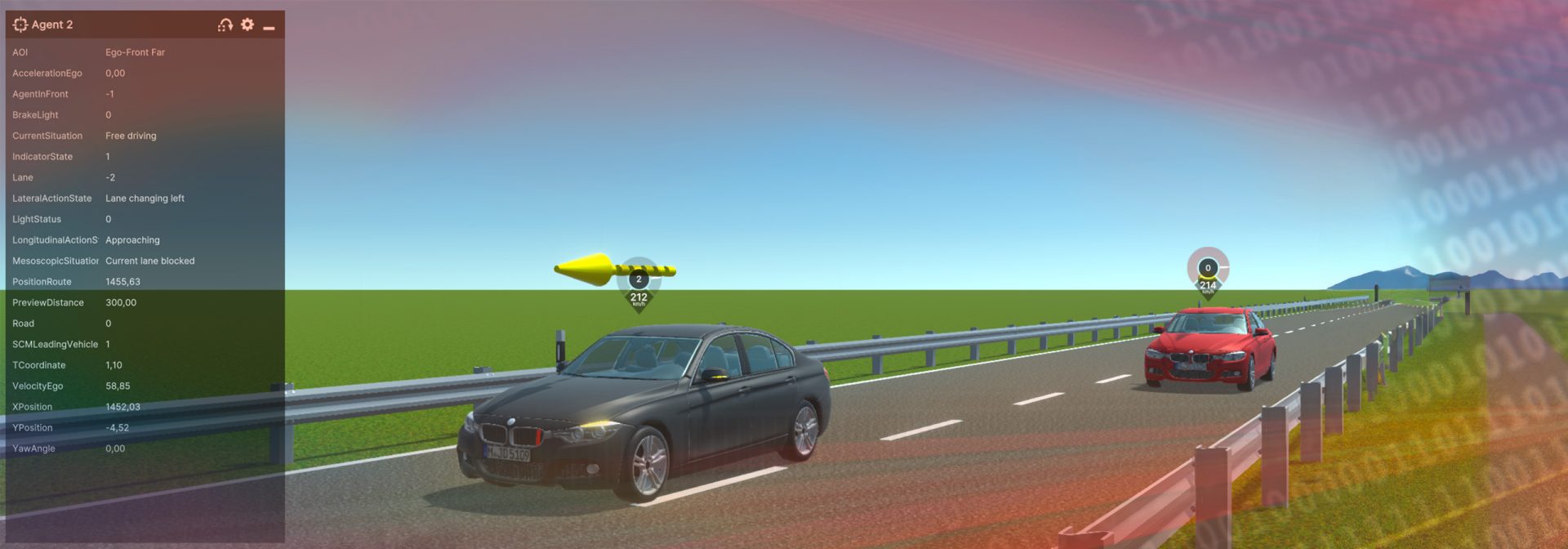With the introduction of automated driving vehicles, safety assessment of these vehicles has become a critical concern. To evaluate the safety of automated driving vehicles, it is necessary to create an environment that realistically simulates the behaviour of traffic, and especially the behaviour of drivers within different traffic situations and scenarios. The Stochastic Cognitive Model (SCM) is a model that enables the creation of such environments.
THE BASIS OF MODERN VEHICLE SAFETY ASSESSMENT.
- WHAT IS THE SCM?
- WHAT IS THE SCM FOR?
- WHAT DATA IS THE SCM BASED ON?
- WHAT FEATURES DOES THE SCM OFFER?

SCM stands for Stochastic Cognitive Model. It is a software program with the objective of ensuring a realistic representation of real-world traffic and driver behaviour.

The SCM is used in traffic simulations to evaluate the safety of automated. Its intricate features allow for simulations that take as many real-world traffic aspects into account as possible.

Real-world data has been used for the parametrization and validation of the SCM. Field operational tests and simulator studies feed the software data collection. Drone data and accident data are also some of the main sources.

For an accurate real-world traffic representation, SCM implements cognitive architecture, gaze behaviour and visual attention which are handled in the agent’s mental model, situation recognition, and decision-based action.


Tutorials.
We will soon be offering tutorials and step-by-step instructions to help you to use and configure the SCM properly and implement it in different simulations and programs.
FAQ.
Visit our FAQ page for more information about the Stochastic Cognitive Model.











